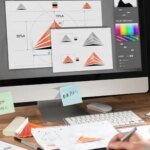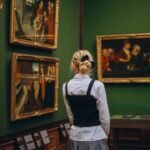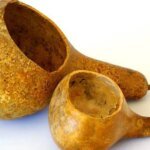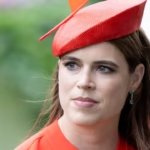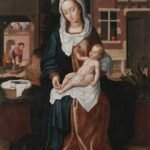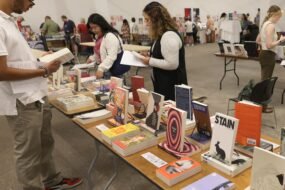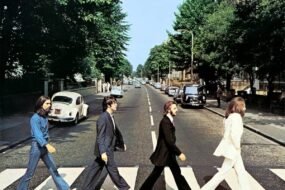
Taking inspiration from the patterns of this traditional thread work, Agathe made the first version of Hardanger “which only had capitals and numbers and didn’t really have a name or an identity yet”, she says. Two years later the designer brought her letterforms back to the drawing board with the intention of creating a more distinct visual link between her use of technology and the traditional craft.
Agathe landed on a new design system in which each character is based on a 7-pixel grid, drawing a direct parallel between Hardanger’s distinct positive and negative ‘Kloster’ stitched blocks and digital pixel patterns. “The constraints of the block led me to find a compromise between legibility and aesthetics”, the designer explains “I wanted the letters to be understandable but exist in the maximalist world of embroidery.”
Seen mostly as a display typeface for titling, running text or overlays to be used in an experimental sense, Agathe wanted the whole letterset to feel “like a large piece of embroidery: a distinctly decorative element” to any design project. With three alternative versions of the typeface that carefully transform pixels into patterns derived from the embroidery technique, she has now created a type specimen in print. This will display the typefaces more delicate details as well as the work of fellow designers showcasing the font in use. Following on from Hardanger’s completion, Agathe is keeping things historical; she’s currently working on a monospace typeface inspired by the first Industrial Revolution – so make sure to stay tuned.



